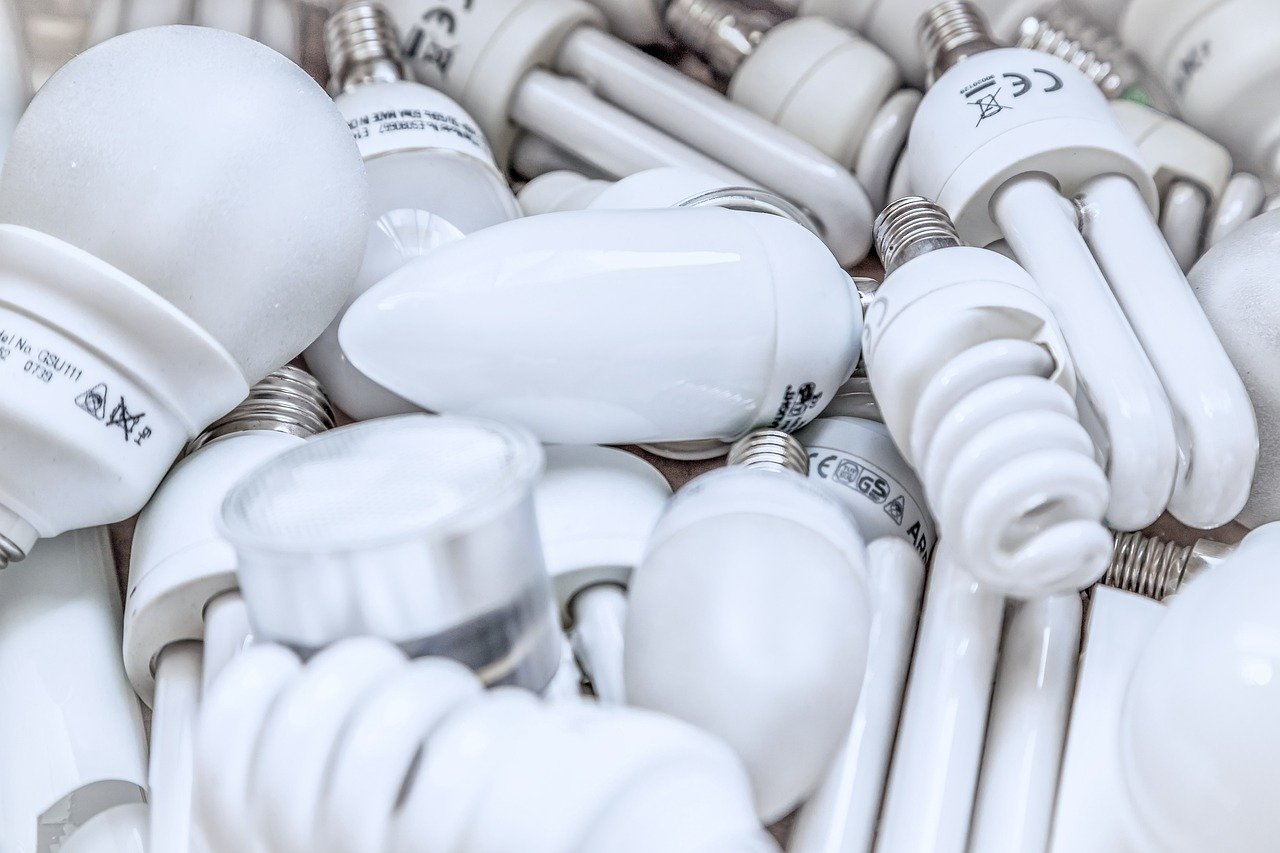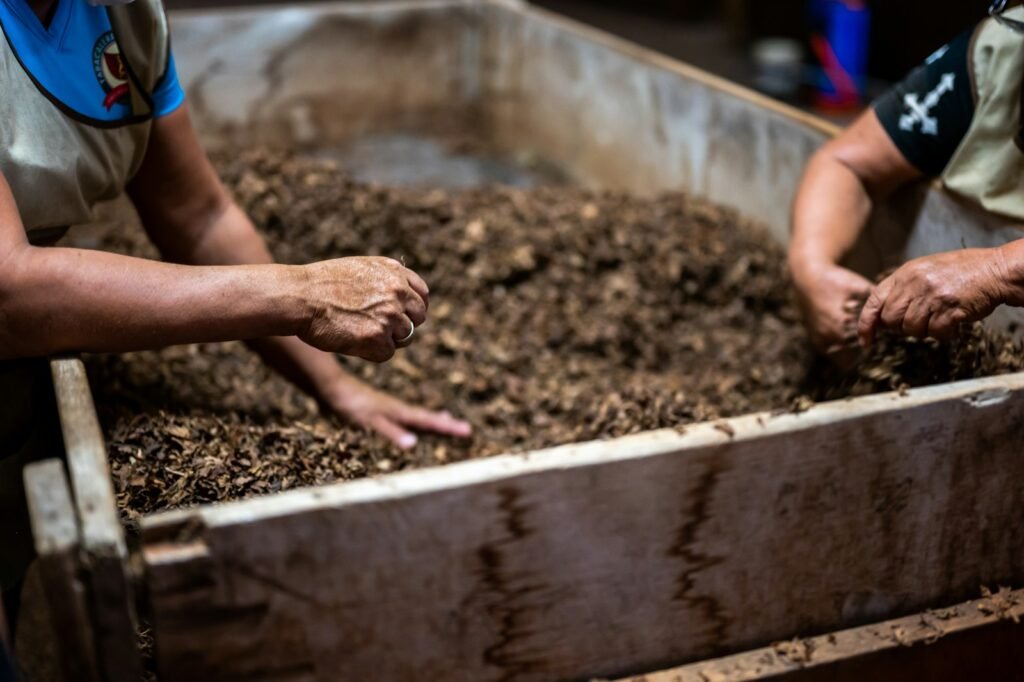Physical Address
304 North Cardinal St.
Dorchester Center, MA 02124
Physical Address
304 North Cardinal St.
Dorchester Center, MA 02124


Sustainable living is no longer just a trend—it’s a necessity. With climate change accelerating and natural resources depleting, adopting eco-friendly habits can make a massive difference. But where do you start? This guide will walk you through practical, achievable steps to reduce your carbon footprint and live a greener, more sustainable life.
Sustainable living means making choices that minimize your environmental impact. It’s about using fewer resources, reducing waste, and ensuring that the planet remains habitable for future generations. This can include:
One of the most impactful changes you can make is switching to renewable energy sources like solar or wind power. Many electricity providers now offer green energy plans, so check what’s available in your area.
Energy-efficient appliances consume less electricity and can significantly lower your bills. Look for ENERGY STAR-rated products when replacing old appliances.
Many devices continue using power even when turned off. Unplug electronics when they’re not in use or invest in smart power strips to cut off unnecessary energy waste.

Plastic pollution is a significant environmental issue. Opt for reusable alternatives such as stainless steel water bottles, cloth grocery bags, and glass food containers.
Instead of sending food scraps to landfills, start composting. Composting not only reduces waste but also enriches soil for gardening.
Learn your local recycling guidelines to ensure you’re recycling properly. Contaminating recycling bins with non-recyclable items can result in waste being sent to landfills.

Reducing meat and dairy consumption lowers greenhouse gas emissions. Even incorporating one or two meatless days per week can make a difference.
Buying from local farmers reduces transportation emissions and supports sustainable agriculture. Look for organic produce to minimize exposure to pesticides and chemicals.
Plan meals ahead, store food properly, and get creative with leftovers to minimize waste. Food waste contributes to methane emissions when decomposing in landfills.

Reducing car use is one of the best ways to lower your carbon footprint. Walking, biking, or taking public transit reduces emissions and can be healthier for you.
If you need a car, consider a hybrid or electric vehicle (EV). Many governments offer incentives for purchasing EVs, making them more affordable than ever.
When flying, choose direct flights, pack light, and consider carbon offset programs to balance out emissions.
Look for brands committed to sustainability, fair wages, and ethical labor practices. Certifications like Fair Trade, GOTS (for organic textiles), and B Corp can help guide your choices.
The fashion industry is a major polluter. Invest in high-quality, timeless pieces or shop second-hand to reduce waste and environmental impact.
Instead of discarding items, repair or repurpose them. Learning basic sewing or DIY repair skills can extend the life of your belongings.
Vote for policies and leaders that prioritize environmental conservation. Support companies that adopt green practices.
Lead by example and encourage friends and family to adopt sustainable habits. Small changes add up when embraced by entire communities.
Join local clean-up initiatives, tree-planting events, or sustainability-focused groups to make a bigger impact.

Sustainable living isn’t about perfection—it’s about progress. By taking small but consistent steps, you can make a significant difference for the planet while improving your quality of life. Which sustainable change will you start implementing today?